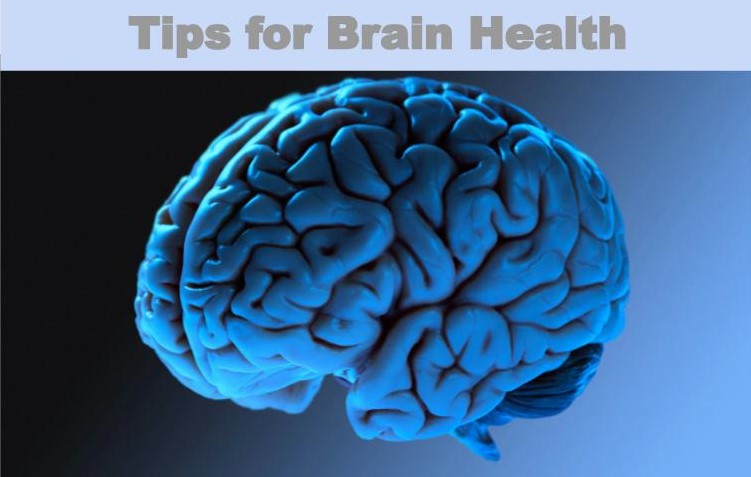
Nausea is a common complaint in people who suffer from migraine. Nausea is part of the diagnostic criteria for migraine, and various studies have found the prevalence of nausea to be anywhere from 65-90% of migraine patients. Many of these patients will have vomiting as a result.
The good news is there are very effective methods of treating nausea and prevent it from turning to vomiting. Zofran is an antiemetic medication that is often prescribed for nausea. One formulation of Zofran is as a dissolvable tablet, making it easy to take and it can start to work in the first 30 minutes. Talk to your provider if you are interested in this medication.
Nausea can also be managed non-pharmacologically. Ginger is one such method that can be effective in treating nausea. It is available in many different forms – with tea being a popular and easy to find option.
Sana Marzouq, DNP
Lete, I., & Allué, J. (2016). The Effectiveness of Ginger in the Prevention of Nausea and Vomiting during Pregnancy and Chemotherapy. Integrative medicine insights, 11, 11–17. https://doi.org/10.4137/IMI.S36273
Min, Y. W., Lee, J. H., Min, B. H., Lee, J. H., Kim, J. J., Chung, C. S., & Rhee, P. L. (2013). Clinical Predictors for Migraine in Patients Presenting With Nausea and/or Vomiting. Journal of neurogastroenterology and motility, 19(4), 516–520. https://doi.org/10.5056/jnm.2013.19.4.516









